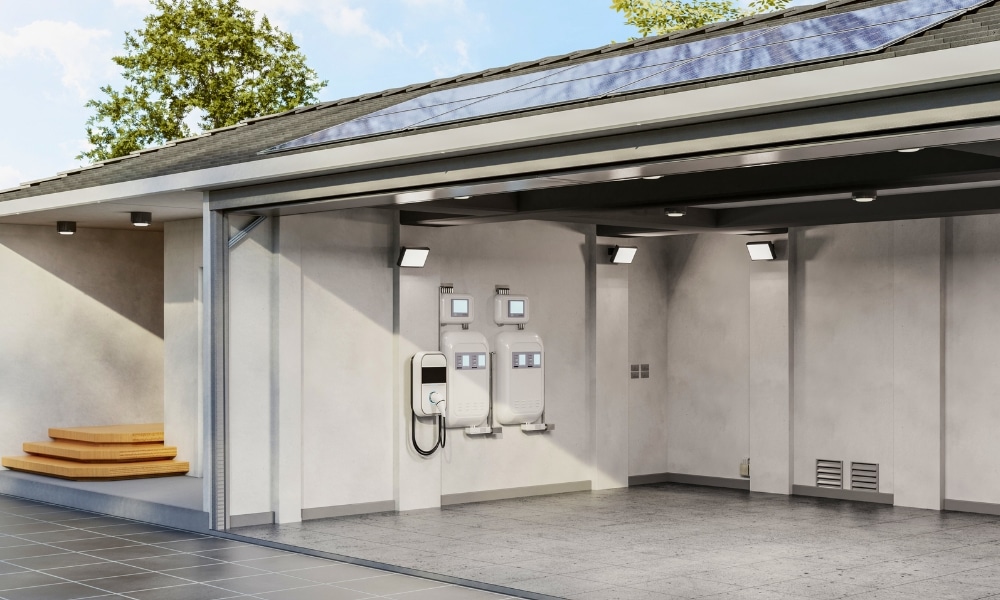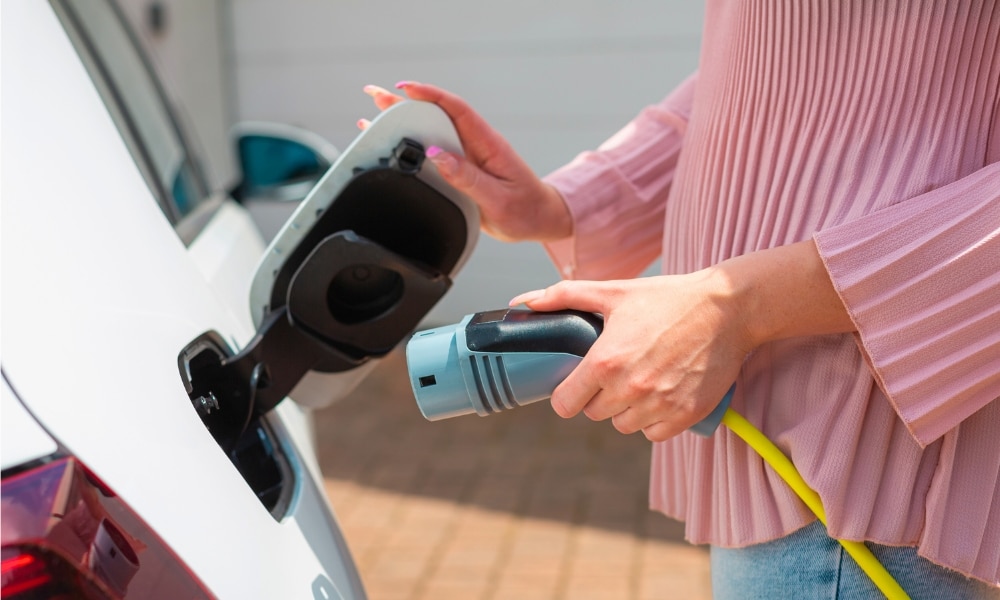Powering Up Your Aussie Circle of relatives of five: A Information to Sun Device Sizing
Australia bathed in sunshine for a good chunk of the year, makes a compelling case for harnessing solar power. If you’re a family of five considering the switch to solar, you’re on the right track! But with all the options available, determining the ideal solar system size – solar panels in Australia, batteries, and even an EV charger – can feel overwhelming. This guide will equip you with the knowledge to make an informed decision.
Ready to upgrade your solar systems and take your energy savings to the next level? Embrace the energy efficiency revolution by upgrading your solar systems and adding a battery or solar inverters with Energy Matters.
With our 3 free solar quotes, you can compare plans from pre-qualified and vetted installers in your area and find the perfect solution for your home and business. Harness the sun’s power and save money on electricity bills while reducing environmental impact. Let Energy Matters guide you towards a brighter, more sustainable future.
Understanding your energy needs: The crucial first step
Before diving into system specifics, it’s vital to understand your current energy consumption. This forms the foundation for choosing a solar system of the right size. Here’s what you need to do:
- Unearth your energy usage: Gather your electricity bills for the past year. Focus on the average monthly kilowatt-hour (kWh) usage. Look for seasonal variations. Summer months with air conditioning typically show higher consumption.
- Hot water habits: Electric hot water systems can significantly impact usage. Consider alternative options like solar hot water or heat pumps to reduce your electricity needs.
- Future-proofing: Are you planning on adding a pool or energy-intensive appliances? When sizing your system, factor in a potential increase in future energy consumption.
EV factor: If you plan on getting an electric vehicle (EV), estimate your daily driving distance. An average EV in Australia uses around 7.3 kWh per 36.4 km. Consider this when calculating your total daily energy needs.
Are you prepared to embark on an electrifying journey with your next car? Brace yourself for a groundbreaking opportunity that will revolutionise your driving experience. Don’t miss out on this exclusive chance to book a test drive in one of the latest and most cutting-edge electric vehicles (EVs) available right in your very own neighbourhood!
Key factors influencing solar system size
Several factors play a role in determining the ideal solar system size for your family:
- Household size and habits: A family of five typically uses more energy than a smaller family. Consider your daily habits – are you home during the day to utilise solar power directly, or do evenings see a surge in energy use?
- Financial goals: Do you aim to offset your energy bills completely or simply reduce your grid dependence? This will influence the size and cost of your system.
- Location and sunshine hours: Australia boasts excellent sunshine hours, but there are variations across states. Research the average daily sunshine hours in your region.
- Roof size and orientation: Your roof’s size and orientation significantly impact the number of solar panels you can install. A north-facing roof receives the most sunlight, maximising solar energy generation.
- Government rebates and incentives: Several government rebates and incentives exist to encourage solar power adoption in Australia—research available programs in your state to offset installation costs.
Solar panels: Powering your home
The number of solar panels you need depends on the total wattage required to meet your energy needs. Here’s a general guide:
Low consumption
A 4kW-5kW system might suffice (up to 15 kWh/day).
Medium consumption
Consider a 5kW-9kW system (15 kWh – 25 kWh/day).
High consumption
A system exceeding 9 kW might be necessary, especially with an EV (over 25 kWh/day).
Remember, these are just estimates. Consulting a reputable solar installer is crucial for a customised assessment.
Ready to take control of your energy bills and switch to solar? Contact Energy Matters today, and we’ll connect you with up to 3 FREE solar quotes from trusted local solar installers!

Read more about:
- How Many Panels in a 6.6kw Solar System
- 6000 Watt Solar Panels | 6kW Solar Panel System
- 7000 Watt Solar Panels | 7kW Solar Panel System
- 8000 Watt Solar Panels | 8kW Solar Panel System
- 9000 Watt Solar Panels | 9kW Solar Panel System
- Solar Panel Sizes, Dimensions And Wattage
- How Much Rooftop Solar Power Can You Install? – A State-by-State Guide
- Sun on Your Roof: Assessing Compatibility for Solar Panel Installation
Solar battery storage: Capturing the sun’s bounty
Solar batteries store excess solar energy generated during the day for use at night or during peak grid demand periods. Here’s what to consider:
- Self-consumption vs. feed-in tariffs: Australia’s feed-in tariffs incentivise feeding excess solar energy back to the grid. However, the rates offered might be lower than your electricity purchase price. If maximising self-consumption is your goal, a battery becomes more attractive.
- Battery capacity: Battery capacity is measured in kilowatt-hours (kWh). Aim for a battery storing enough energy to cover your nighttime needs. A good starting point is to consider a battery capacity that’s roughly half your daily energy consumption.
Note: Solar batteries significantly increase the overall system cost. Carefully evaluate your needs and financial goals before choosing battery storage.
Use our easy-to-use solar power and battery storage calculator to determine the size of your solar system with storage! Our solar calculator will generate performance information and potential savings.
We can send this information to 3 of our pre-vetted and trusted local installers in your area to receive obligation-free solar quotes.
EV chargers: Powering your electric ride
With an EV on the horizon, consider integrating an EV charger into your solar system. Here are your options:
- Standard wall charger: This is the most affordable option but has slow charging times (up to 12 hours for a full charge).
- AC fast charger: This offers faster charging times (around 4-6 hours), but installation costs are higher.
- DC fast charger: Offers the fastest charging times (under an hour) but comes at a premium price and requires significant electrical upgrades.

Optimising for EV charging: If you plan on relying heavily on solar power for EV charging, consider a larger solar system to meet the increased energy demand. Discuss your EV charging habits with your solar installer to determine the best charger type for your needs.
Ready to go solar? Get an instant assessment
To find out how much a solar system with storage or even an EV charger will cost, try our easy-to-use solar power and battery storage calculator! It will generate performance data and possible cost savings.
We can forward your information to 3 trusted local installers in your area to obtain free, no-obligation solar quotes.
Find out how much you can expect to pay for solar
The form can be filled in the actual website url.
Ready to find out more? Get FREE quotes for solar, batteries + more
The form can be filled in the actual website url.
*Prices quoted are to be used as a guide only and do not factor in state and other rebates and incentives. Includes STC discount.
Our Energy Matters CEO, Roshan Ramnarain, will feature stunning homes installed with the latest solar technology every Saturday at 5:00 p.m. on Open Homes Australia on the 9Life channel. Be sure to watch this show; you won’t want to miss it!

The post Powering Up Your Aussie Family of 5: A Guide to Solar System Sizing appeared first on Energy Matters.



No Comments